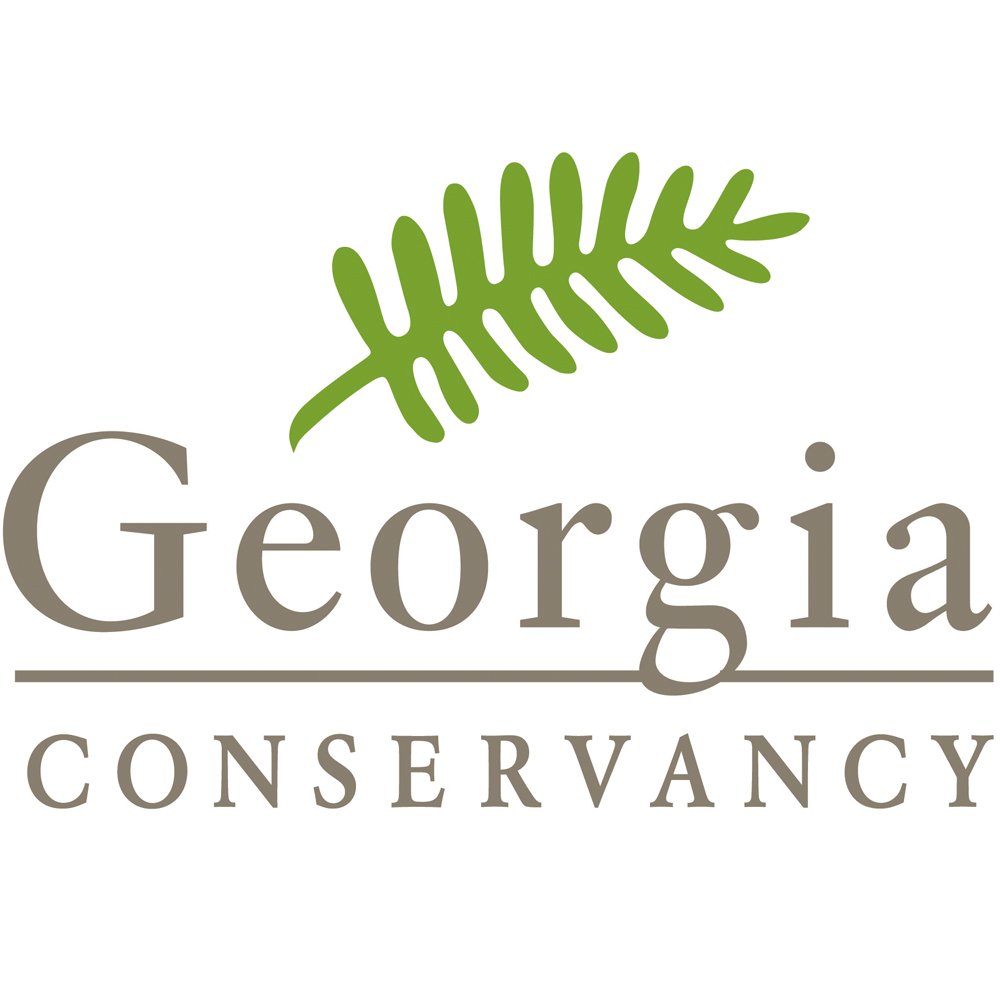Coastal Policy
The Georgia Conservancy is committed to protecting the integrity of Georgia’s coastal resources for the long-term benefit of people and natural systems.
Background
Georgia’s salt marsh ecosystem provides a nursery for commercially and recreationally-valued species of fish, shellfish and other wildlife; provides an important buffer against flooding and erosion; filters and disseminates pollutants; and provides a valuable recreation resource. Our largely unspoiled barrier and back barrier islands provide critical maritime forest habitat resources, recreation opportunities
and protection from storms. These coastal land and water resources provide habitat for more threatened and endangered species than any other region of the state. The Floridan Aquifer, the primary source of drinking water for coastal Georgia, is one of the most productive and highest quality underground water systems in the world. The sum of these resources is a highly integrated, interdependent ecosystem that is vitally linked to Georgia’s economy and quality of life.
The web of life is most critical and most fragile at the edge, where land and water meet, and where freshwater and saltwater merge. At the same time, coastal Georgia faces the dual challenge of being downstream from much of the state and of unprecedented growth, both in population and land consumption. Growing demands on coastal resources have significant implications for water quality, habitat functions and values, fisheries health, flooding and stormwater management, shoreline erosion, sustainable use of the Floridan aquifer system and coastal rivers, public access to coastal resources, and protection of vital areas of the state, including Georgia’s publicly-owned marshlands and water bottoms.
Because of the relatively low elevations, flat topography, and large tidal flux, the Georgia coast will experience significant impacts from sea level rise and climate change. These effects are already starting to disrupt natural ecosystems and the built infrastructure that coastal residents are dependent upon.
Vision
The Georgia Conservancy envisions a coastal region with:
- A healthy, resilient and diverse coastal ecosystem that can endure natural and human disturbances, continue to perform its functions, and support self sustaining populations of native fish, birds, wildlife and plants.
- An economy that offers diverse options including healthy, sustainable nature-based businesses such as commercial fishing and recreation-based tourism.
- Compact patterns of growth that: 1) are located away from environmentally unsuitable areas
(e.g., sensitive coastal resources and areas prone to flooding and storm surge); 2) are sited, designed and constructed to respect, restore and maintain ecosystem functions; and 3) engender a respect by the people who live there for the land and water around them. - A population closely connected to our coastal lands, islands and waters through heightened awareness and safe, convenient access.
Principles
The following principles are the foundation of the Georgia Conservancy’s advocacy to protect Georgia’s coastal resources:
- Responsible planning for growth and conservation of sensitive coastal lands is essential to preserving the integrity of natural coastal systems, and in turn, the health and welfare of coastal Georgians.
- The State of Georgia has unique stewardship role with respect to coastal marshlands, water bottoms and estuarine systems that is critical to preserving the integrity of the salt marsh ecosystem and the public’s safe access and enjoyment of our common coastal treasures.
- Barrier island wilderness, refuges and other coastal public lands are an incomparable resource that provide clean air and water; safeguard biological diversity; offer people a safe haven for solitude, enjoyment and spiritual renewal; and preserve an unspoiled natural heritage for future generations.
- A sustainable coastal ecosystem is vital to the State’s prosperity.
Positions
The following positions guide our coastal programs and inform our advocacy:
Georgia’s estuarine and marine ecosystems, including tidal waters, marshes, barrier and back barrier islands, beaches, dunes and maritime forests must be protected to maintain the ecological, historic and cultural integrity of Georgia’s extraordinary coast.
Protections for the salt marsh ecosystem should reflect all of its values and take into consideration not only in-marsh activities, but also upland and freshwater wetland uses, both adjacent to the marsh and upstream.
Restoring and maintaining natural seasonal flow patterns for coastal streams and wetlands altered by activities such as ditching, channelization, runoff, surface and groundwater withdrawals, and reservoir releases should be a priority in both first and second tier coastal counties.
Development practices should reflect the sensitivity of the marsh ecosystem and should include without exception preservation of natural vegetative buffers adjacent to freshwater wetlands and coastal marshlands.
Rigorous application and coordination of existing laws and regulations—especially Georgia’s Coastal Marshlands Protection Act, Shoreline Protection Act, Coastal Management Plan and Program Guidelines, as well as the federal Clean Water Act—are critical to preserving the coast’s ecological integrity as human activity expands.
Every water body has a carrying capacity in terms of point and non-point pollution inputs, bank erosion and safe navigation. Potential harm to marine mammals from large numbers of new watercraft is a critical limiting factor that must be respected. Planning and permitting of waterfront areas should include an assessment of both site-specific and cumulative impacts with an eye toward the overall carrying capacity of our estuaries.
Coastal Georgia’s rivers and estuaries have historically served as highways for maritime transportation and trade. Future improvements to navigation channels to support port infrastructure and operations must not come at the further expense of estuarine habitat.
Management strategies and protections for the Floridan Aquifer system must include recognition and consideration of the interrelationships among aquifer units and between ground and surface waters, as well as strategies to identify, protect and monitor groundwater recharge areas.
Whether under state or federal purview, barrier island wilderness and heritage preserve areas, refuges and other publicly held coastal lands and public access areas should be preserved in perpetuity.
Sea Level rise actions to mitigate or accommodate impacts on natural and developed areas should be undertaken in a balanced, ecologically-sound, science-based approach to planning and implementation.




